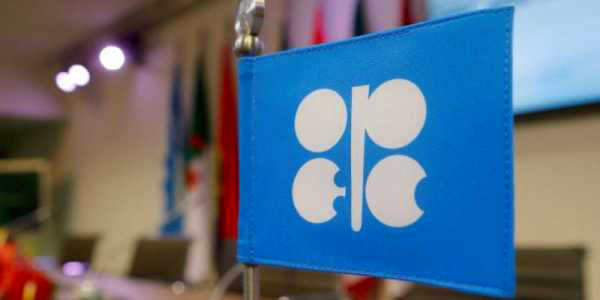
- ARAB NEWS
- 15 Jul 2025

Last week the OPEC secretariat launched the 14th edition of its flagship annual publication, “World Oil Outlook” (WOO2020). It coincided with the 60th anniversary of the group.
It is the first time the publication has extended its time-frame to 2045, providing an additional five-year window to examine energy sector developments from supply and demand to policy and technology, demographic trends and, of course, the environment.
The report noted that the economic recession triggered by the coronavirus disease pandemic led to the “sharpest” downturn in energy demand in history. At the same time it looked forward to a number of other demand scenarios that may impact the petroleum industry in the decades ahead.
Despite the pandemic, it expects oil to remain the largest contributor to the energy mix through 2045, accounting for more than 27 percent, followed by gas (25 percent), and coal (20 percent). However it did lower its overall growth forecast for demand, partly reflecting the impact of emerging climate policies that continue to re-shape the industry.
It predicts an increase of nearly 10 million barrels per day (bpd) over the long-term, rising to 109.3 million bpd in 2040, a downward revision of over 1 million bpd from its 2019 outlook.
It further expects global demand to rise to 109.1 million bpd in 2045. Global oil demand stood at 99.7 million bpd in 2019. Hence OPEC sees oil demand plateauing in the late 2030s and starting to weaken by 2045.
On the supply side, OPEC forecasts US shale oil to recover quickly as market conditions improve, but it does not expect the industry to reach the heights it projected in previous outlooks. Over the longer term, it sees US shale oil production starting to decline from 2030, similar to previous outlook scenarios.
One area that was neglected by the OPEC Secretariat in its assessments was the proportionately higher cost of renewables projects in a low oil price environment
Before the pandemic, low oil and gas prices were unlikely to delay or kill renewable projects or drains investment into the sector. But in the post-pandemic world, this price elasticity has changed drastically and may need to be reassessed by the OPEC number crunchers.
• Faisal Faeq is an energy and oil marketing adviser. He was formerly with OPEC and Saudi Aramco. Twitter:@faisalfaeq